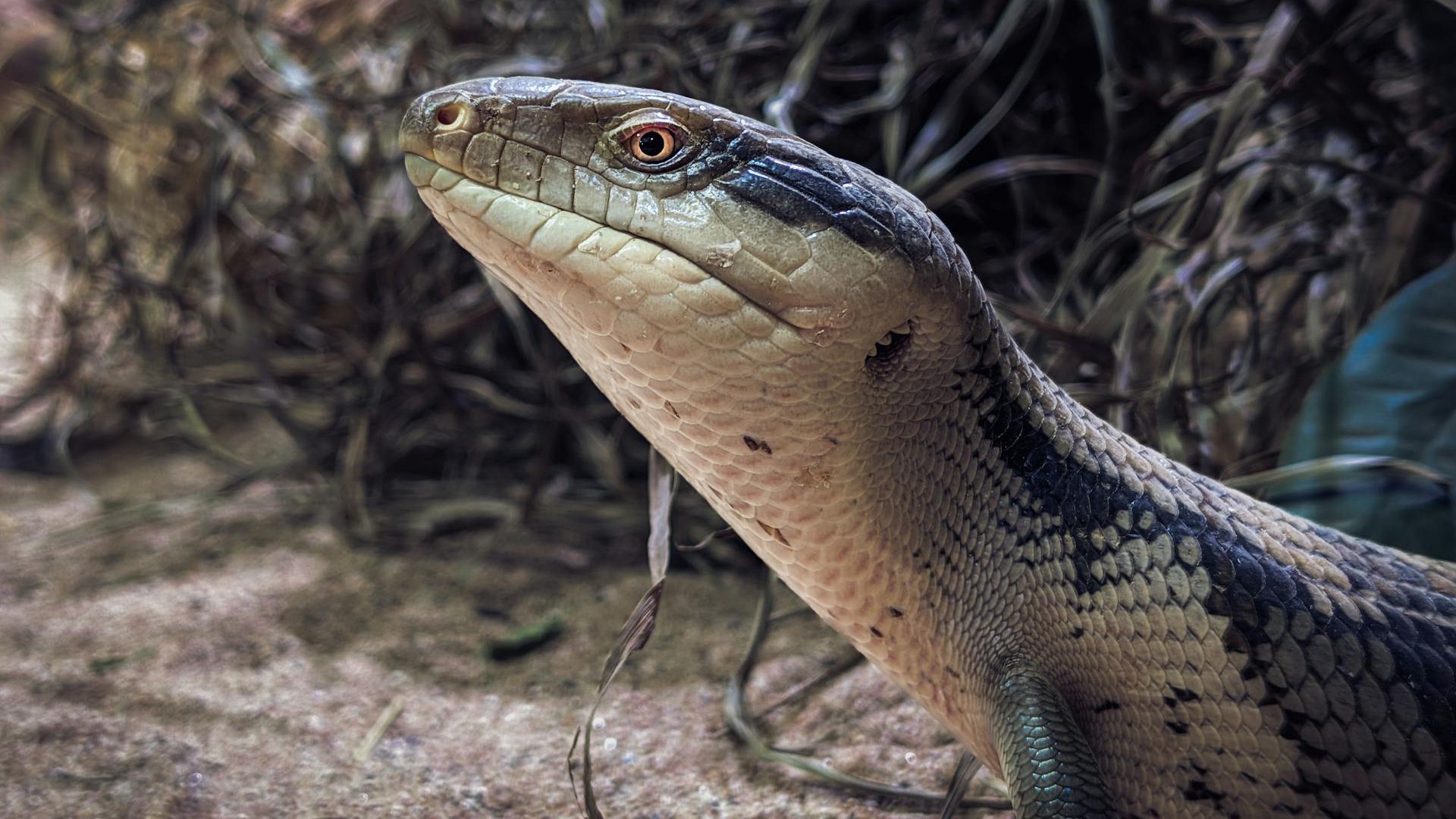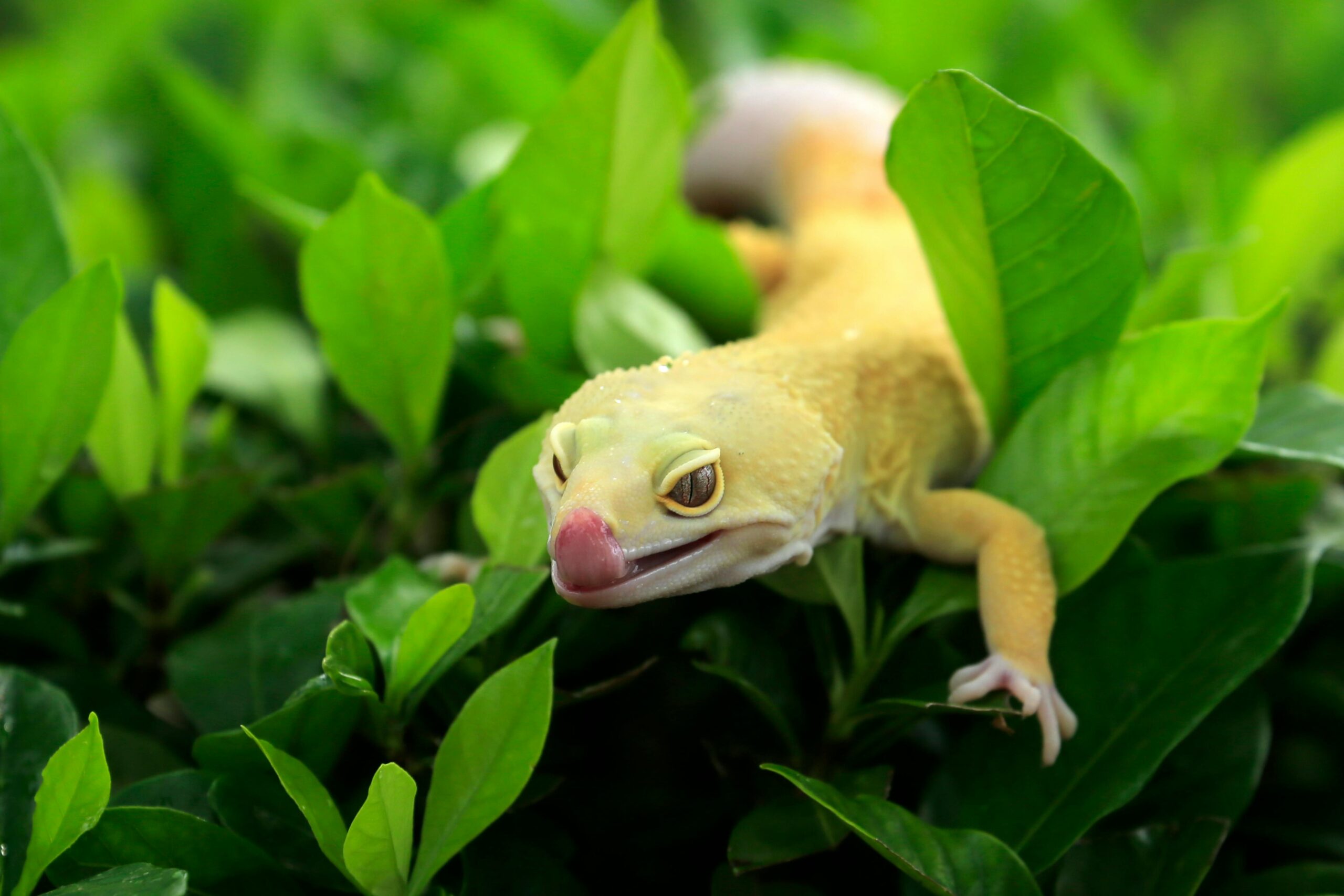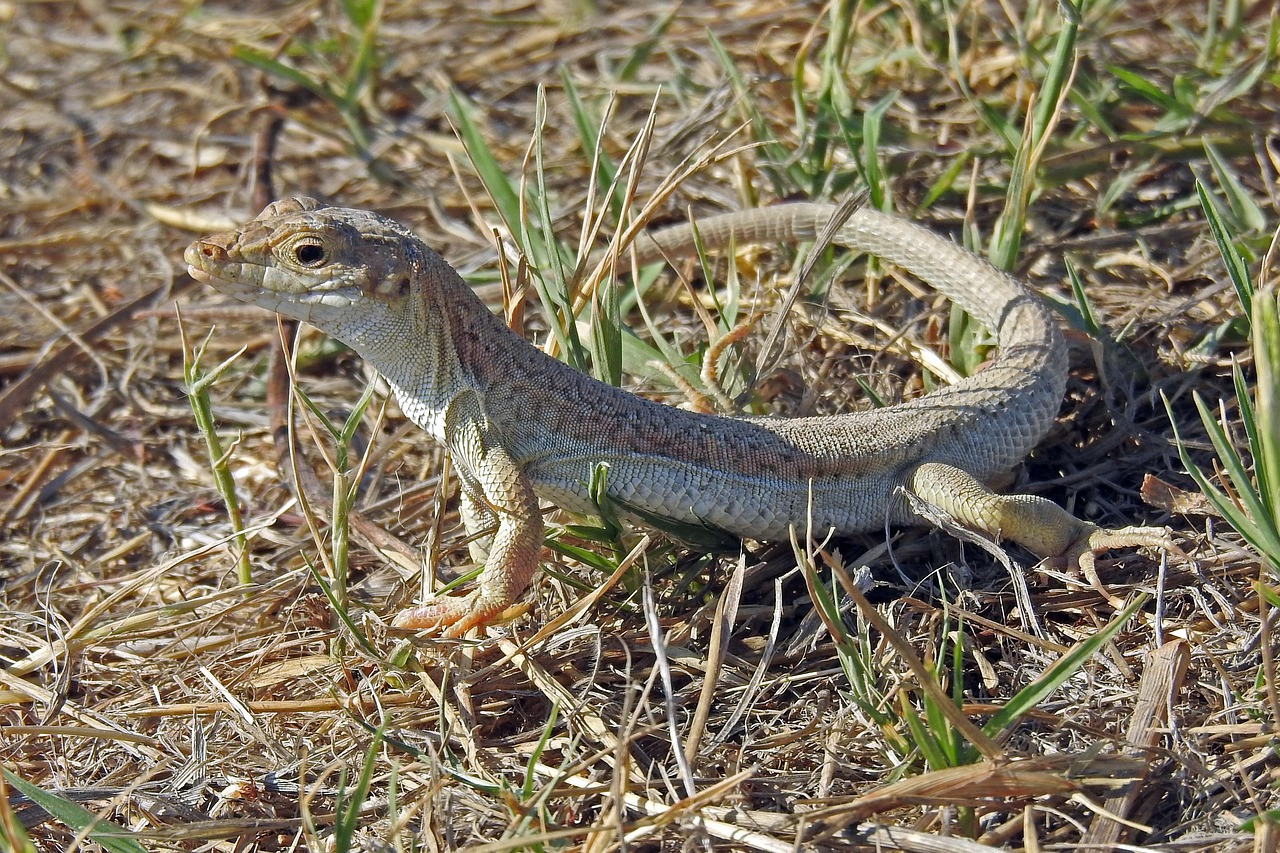In the colorful world of reptiles, blue-tongued lizards stand out with their remarkably vibrant mouthparts. These unusual azure tongues aren’t just a quirky feature—they serve critical evolutionary purposes that have helped these species thrive for millions of years. From deterring predators to aiding in temperature regulation, the blue tongue represents a fascinating adaptation that has puzzled and intrigued scientists and reptile enthusiasts alike. This distinctive trait appears in several lizard species, most notably the aptly named blue-tongued skinks of Australia and surrounding regions, but the reasons behind this vivid coloration offer insights into the complex world of animal evolution and survival strategies.
The Blue-Tongued Skink Family
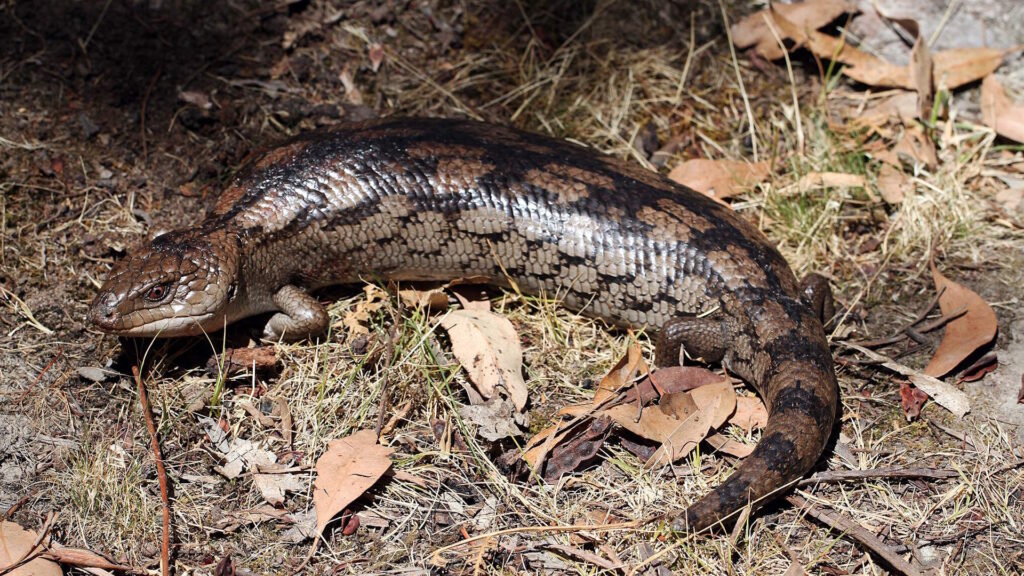
The most famous blue-tongued lizards belong to the genus Tiliqua, commonly known as blue-tongued skinks. This group includes several species distributed throughout Australia, New Guinea, and parts of Indonesia. These medium-sized lizards typically grow to lengths between 15-24 inches and possess stocky bodies with relatively short limbs. Despite their somewhat sluggish appearance, blue-tongued skinks have successfully inhabited diverse environments ranging from arid deserts to humid forests. Their widespread distribution and adaptive capabilities have made them one of the most successful reptile groups in their native regions, with the distinctive blue tongue serving as the family’s signature characteristic across all member species.
The Science Behind the Blue Coloration
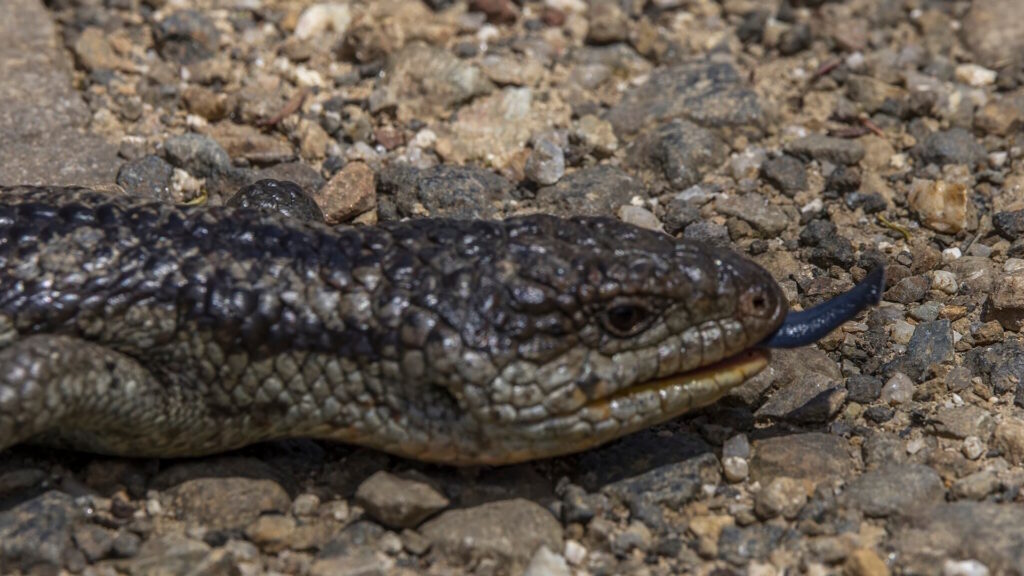
The striking blue color of these lizards’ tongues isn’t produced by pigments but rather by structural coloration—the same phenomenon that gives peacock feathers and butterfly wings their iridescent hues. This vivid blue results from specialized light-reflecting cells and protein structures that selectively scatter blue wavelengths while absorbing others. Microscopic examination reveals that the tongue tissue contains unique structural arrangements that interact with light to produce this intense blue coloration. Unlike many other colorful animal features that fade after death, the blue tongue often retains its color even in preserved specimens, further indicating its structural rather than pigment-based nature. This specialized adaptation required significant evolutionary investment, suggesting the color serves crucial survival functions beyond mere appearance.
Predator Deterrence Strategy
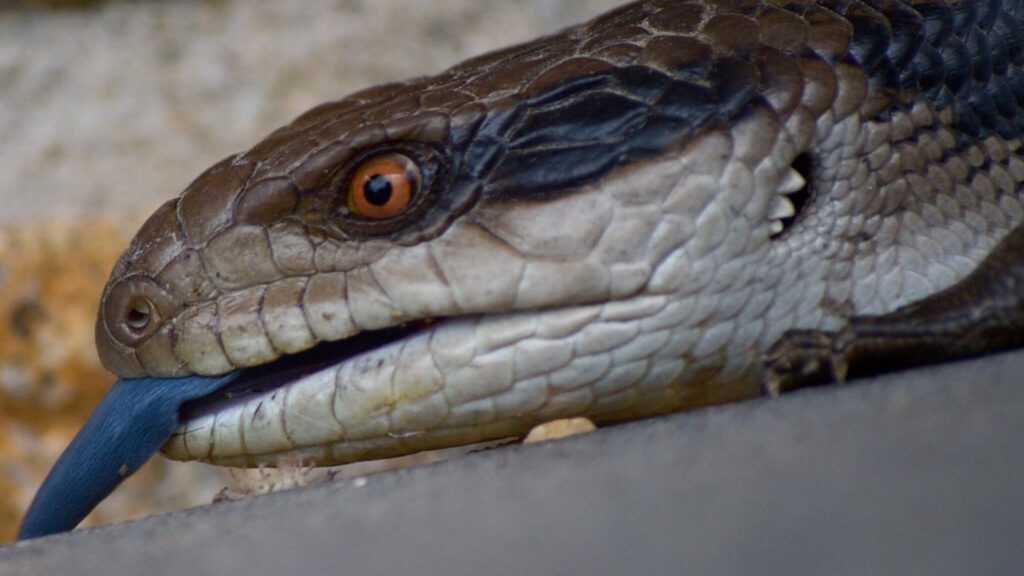
The primary evolutionary advantage of a blue tongue appears to be predator deterrence through a strategy known as startling or deimatic display. When threatened, blue-tongued skinks open their mouths wide and extend their cobalt-colored tongues while hissing loudly, creating a sudden and unexpected visual display. Research suggests this blue coloration is particularly effective against predators with color vision, as the stark contrast between the pink mouth and bright blue tongue creates a visually jarring effect. Studies have shown that potential predators often retreat or hesitate when confronted with this display, giving the relatively slow-moving lizard precious seconds to escape. The effectiveness of this strategy is evidenced by the remarkably low predation rates on adult blue-tongued skinks compared to similarly sized lizards without this adaptation.
Ultraviolet Visibility Enhancement
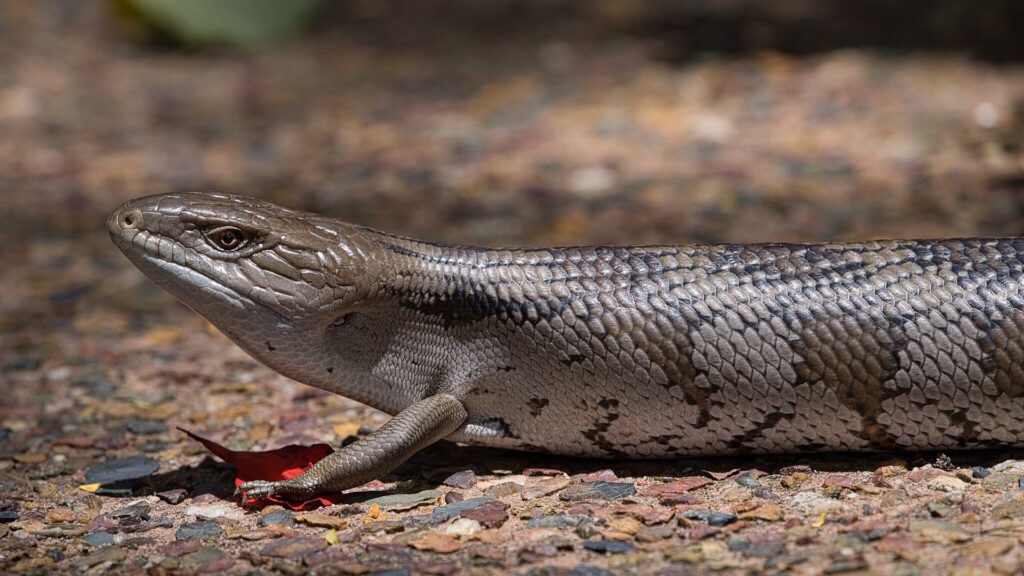
Beyond what humans can see, the blue tongues of these lizards are particularly reflective in the ultraviolet spectrum, making them even more conspicuous to many potential predators. Birds, snakes, and various mammals—the primary threats to these lizards—possess visual systems that are often highly sensitive to ultraviolet light. When a blue-tongued skink displays its tongue in threatening situations, the UV reflectivity creates an even more startling visual signal to these predators than what humans perceive. Scientific investigations using specialized cameras have confirmed that the blue tongues reflect significantly more UV light than surrounding tissues or the environment. This enhanced visibility in multiple light spectrums maximizes the defensive display’s effectiveness across different predator types with varying visual capabilities.
Contrast Against Natural Environments
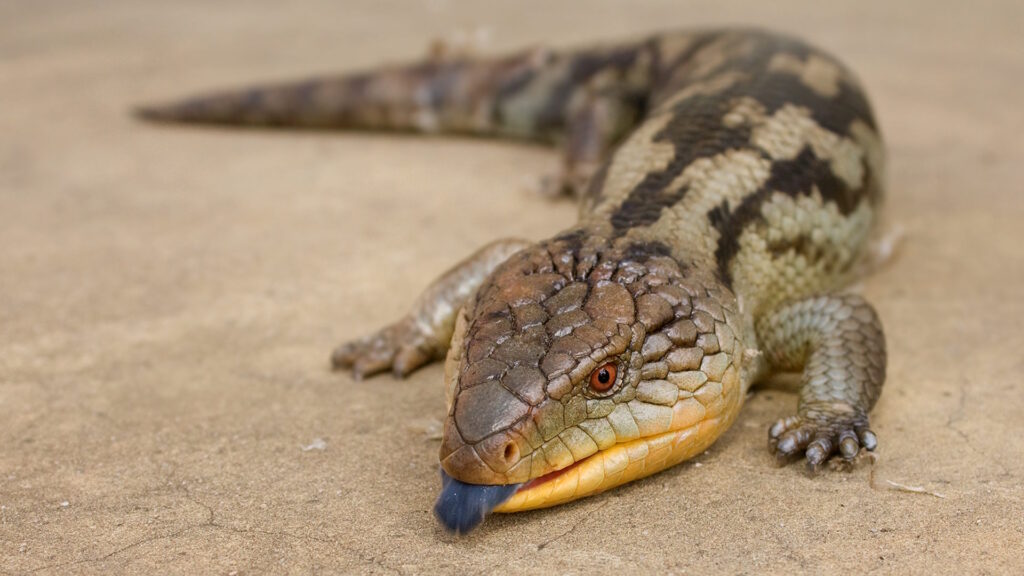
The vibrant blue coloration stands in stark contrast to the natural environments these lizards inhabit, maximizing visibility during defensive displays. Most blue-tongued skinks live in brownish, yellowish, or greenish habitats where blue is exceptionally rare, making their tongue displays particularly noticeable against these backgrounds. This principle of high contrast is a common evolutionary strategy for warning signals throughout the animal kingdom. The effectiveness of this contrast is heightened by the fact that the lizards’ bodies are typically cryptically colored to blend with their surroundings, making the sudden appearance of bright blue even more unexpected and startling. This careful balance between camouflage and warning coloration represents a sophisticated evolutionary compromise between hiding from predators and deterring them when discovered.
Thermal Regulation Possibilities
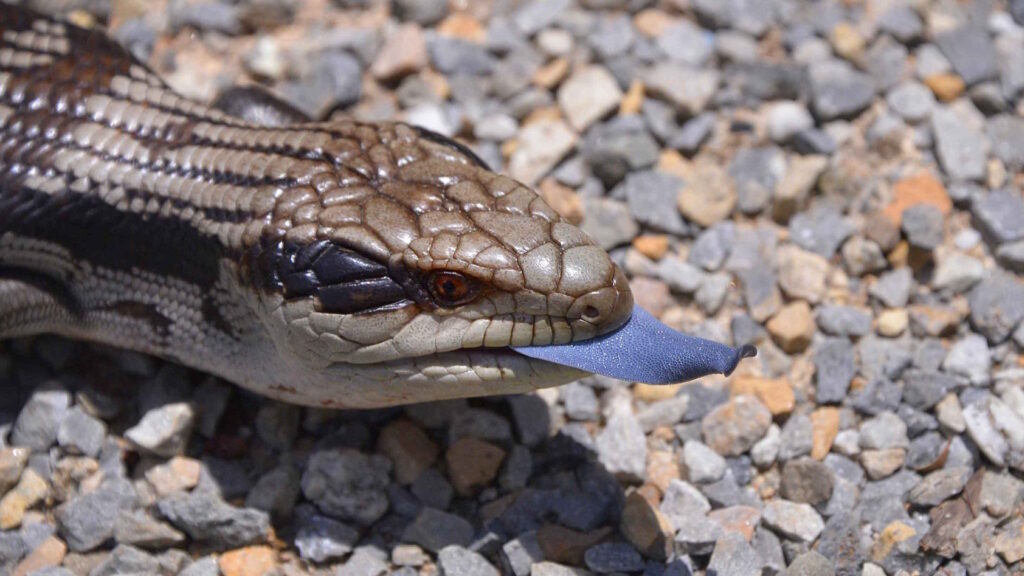
Some research suggests the blue tongue may also play a role in thermoregulation, helping these cold-blooded reptiles manage their body temperature. The specialized tissue structures that create the blue coloration may have different heat absorption and reflection properties compared to regular tissue. When extended, the tongue’s surface area increases exposure to either sunlight or cool air, potentially assisting in rapid temperature adjustments. Infrared imaging studies have shown that blue-tongued skinks sometimes extend their tongues even when not threatened, particularly during temperature transitions in the morning or evening hours. While this thermal regulation hypothesis remains secondary to the predator-deterrence explanation, it represents an interesting potential example of evolutionary multi-purposing of a physical trait.
Sexual Selection and Social Signaling
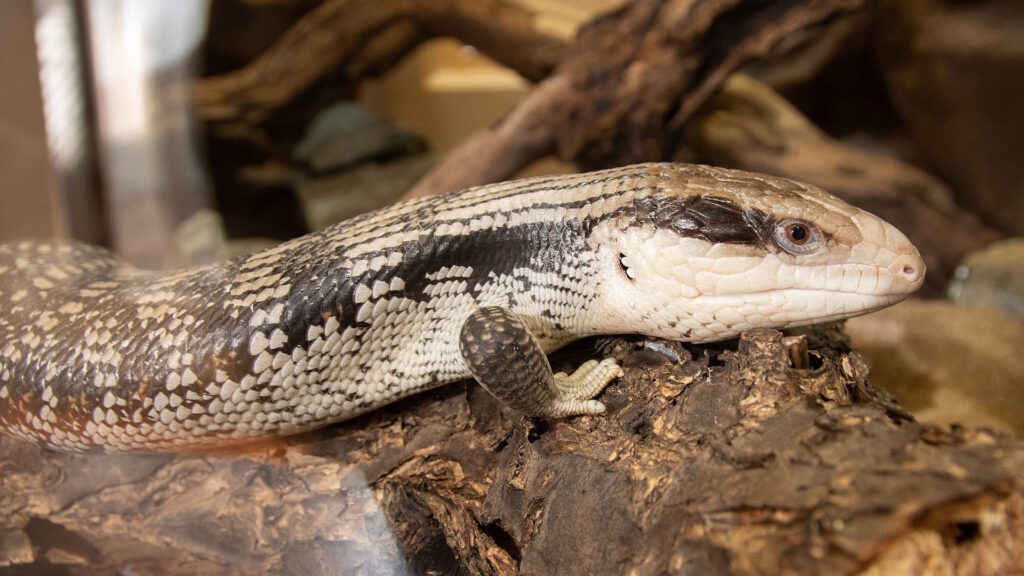
Beyond predator defense, the blue tongue may play a role in mate selection and social interaction among blue-tongued skinks. Researchers have observed tongue displays during courtship rituals, suggesting the feature may signal genetic quality or health status to potential mates. The vibrancy and size of the tongue could potentially indicate overall fitness, with more intensely blue tongues possibly signaling better health or genetic advantages. Observations of captive breeding groups have revealed increased tongue-flicking behaviors during mating seasons, particularly among competing males. This suggests the blue tongue serves multiple evolutionary purposes beyond simple predator deterrence, functioning within a complex system of intra-species communication and selection.
Evolutionary Development Timeline
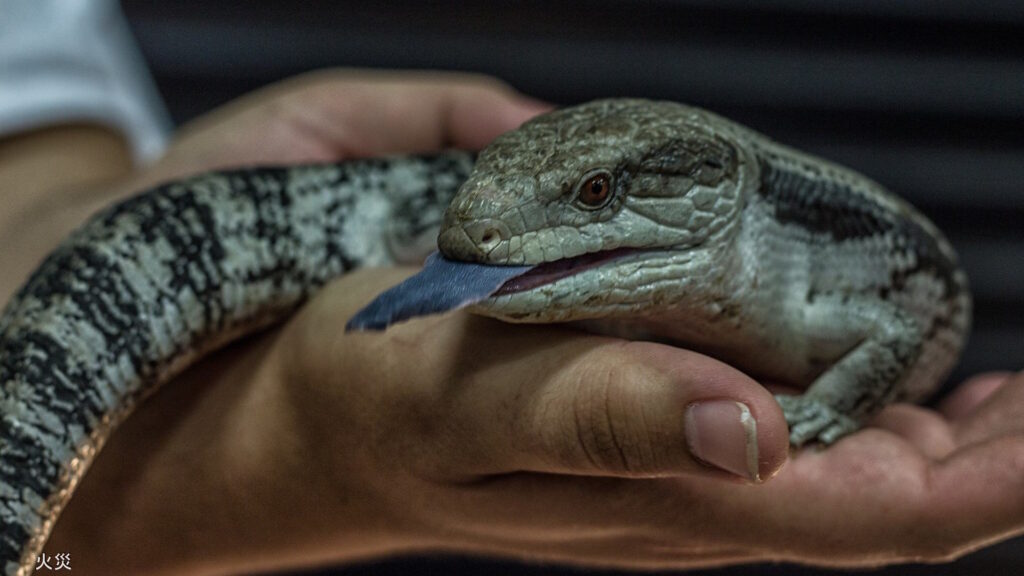
The blue tongue trait appears to have evolved relatively early in the lineage of blue-tongued skinks, with fossil and genetic evidence suggesting its presence for millions of years. Phylogenetic studies indicate that all current Tiliqua species share this feature, suggesting it emerged in a common ancestor rather than independently in multiple species. Based on genetic clock estimates, scientists believe the blue tongue adaptation likely appeared between 15-20 million years ago during the Miocene epoch, a period of significant ecological change in the Australasian region. The persistence of this trait across evolutionary time and throughout various habitat changes indicates its substantial survival value and adaptability. This long evolutionary history has allowed for refinement of both the coloration mechanism and the associated defensive behaviors.
Blue Tongues in Other Lizard Species
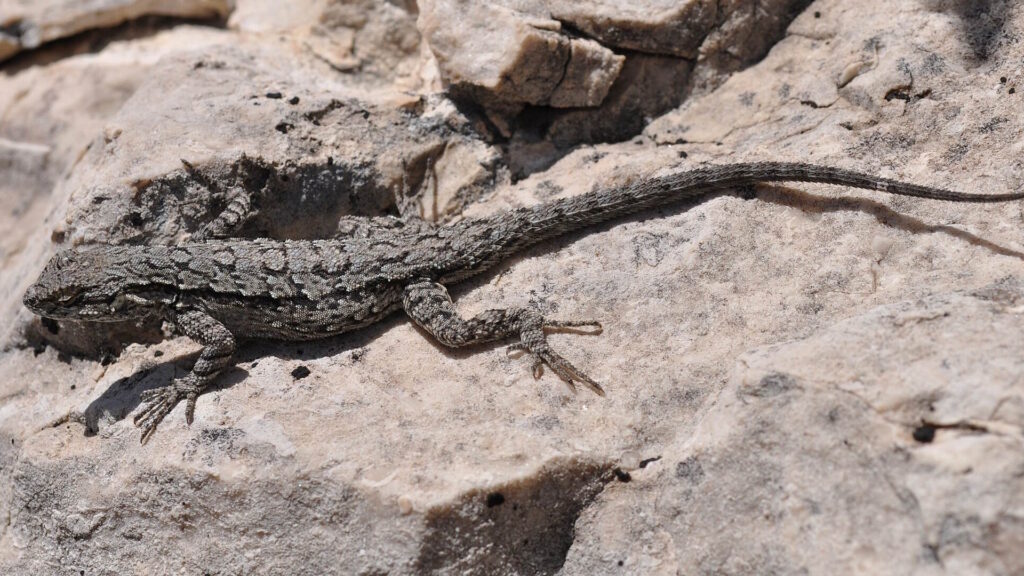
While blue-tongued skinks are the most famous examples, several other unrelated lizard species have independently evolved blue or purple tongues, suggesting convergent evolution driven by similar selective pressures. The Eastern Fence Lizard (Sceloporus undulatus) displays a blue throat and sometimes tongue during territorial and mating displays. Certain monitor lizard species exhibit bluish tongue coloration, particularly when the tongue is extended during their characteristic air-sampling behaviors. Some agamid lizards in Southeast Asia have also developed blue-tinted tongues, despite being distantly related to skinks. This pattern of convergent evolution across different lizard families provides compelling evidence for the adaptive value of blue tongue coloration in diverse ecological contexts.
Differences in Blue Intensity Between Species
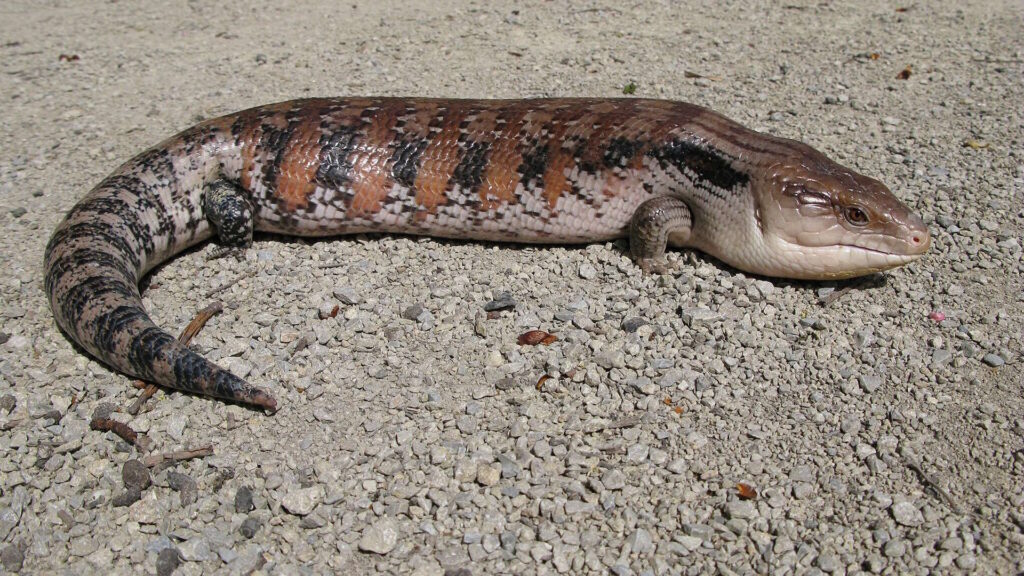
Among blue-tongued lizards, the intensity and shade of blue varies notably between species and sometimes even between individuals. The Northern Blue-Tongued Skink (Tiliqua scincoides intermedia) typically displays the most intensely cobalt-blue tongue, while the Western Blue-Tongued Skink (Tiliqua occipitalis) often shows a somewhat lighter, more periwinkle hue. Environmental factors, including diet and sun exposure, can influence the intensity of the blue coloration in some individuals. Age also affects tongue coloration, with juvenile blue-tongued skinks often displaying less intensely blue tongues that develop fuller coloration as they mature. These variations potentially reflect different evolutionary pressures in various habitats or against different predator assemblages across the geographic range of these lizards.
Human Perception and Cultural Significance

The striking blue tongues of these lizards have captured human imagination across cultures, particularly among indigenous Australian peoples who share territory with these distinctive reptiles. In some Aboriginal traditions, blue-tongued lizards feature in creation stories and are considered protective spirits with special powers related to their unusual coloration. Early European naturalists were similarly fascinated by these creatures, with specimens being among the first Australian reptiles documented in Western scientific literature. The visual impact of the blue tongue continues to make these lizards popular in the pet trade and educational presentations, where their defensive displays reliably captivate audiences. This cultural significance has inadvertently contributed to conservation awareness for these and other reptile species.
Conservation Implications
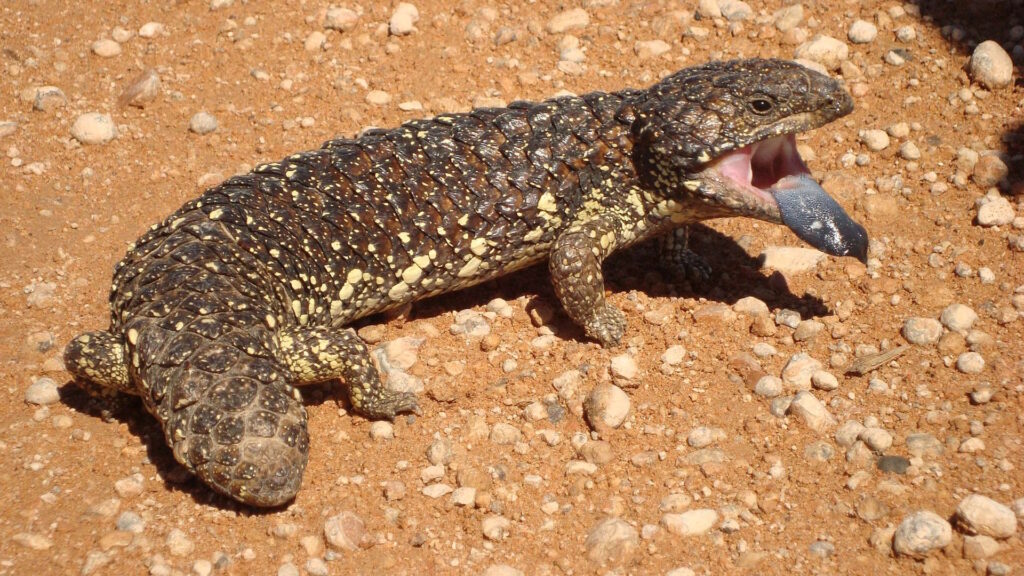
The distinctive blue tongue that makes these lizards so recognizable also creates specific conservation challenges and opportunities. The popularity of blue-tongued skinks in the exotic pet trade has led to collection pressures on wild populations, particularly for the rarer species or those with more vibrant tongue coloration. Habitat destruction across their native range presents the most significant threat to wild populations, with urban development particularly impacting species that have traditionally adapted well to human-adjacent environments. On the positive side, their charismatic appearance has made blue-tongued skinks effective ambassador species for reptile conservation, helping to raise awareness about the importance of preserving reptile diversity and habitat. Conservation programs increasingly leverage the public’s fascination with these uniquely adapted lizards to promote broader ecological protection initiatives.
Future Research Directions
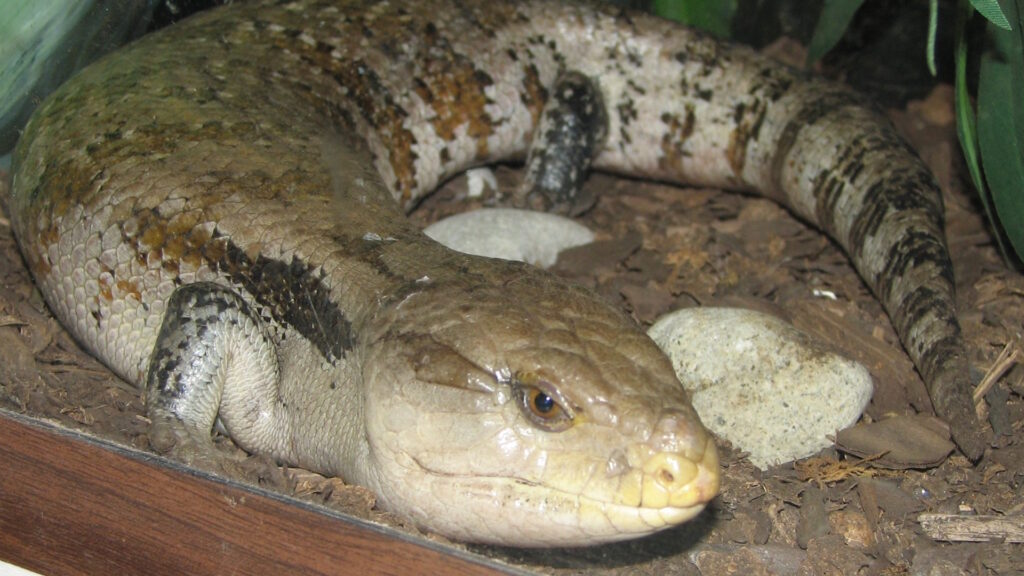
Scientists continue to investigate several unresolved questions about blue tongues in lizards, opening promising avenues for future research. Ongoing studies are examining the genetic basis for the structural coloration, potentially offering insights into novel bio-inspired materials with similar optical properties. Behavioral ecologists are conducting detailed field studies to better quantify the effectiveness of blue tongue displays against different predator species under various natural conditions. Additional research is exploring potential medicinal applications, as the unique antimicrobial properties some researchers have identified in blue-tongued skink saliva may be connected to the specialized tissue structures that create the blue coloration. These diverse research directions highlight how a seemingly simple adaptation—a colorful tongue—continues to yield valuable scientific insights across multiple disciplines.
Conclusion

The blue tongues of lizards represent a fascinating example of evolutionary adaptation that serves multiple functions simultaneously. What might initially seem like a whimsical quirk of nature reveals itself as a sophisticated survival strategy refined over millions of years. From deterring predators with startling displays to potentially assisting with temperature regulation and social signaling, the blue tongue exemplifies how natural selection can produce specialized features with remarkable versatility. As we continue to study these unusual reptiles, their azure tongues offer valuable lessons about the intricate relationships between physical adaptations, behavior, and ecological context—reminding us that in nature, even the most seemingly peculiar traits often serve vital purposes in the ongoing story of survival and adaptation.

